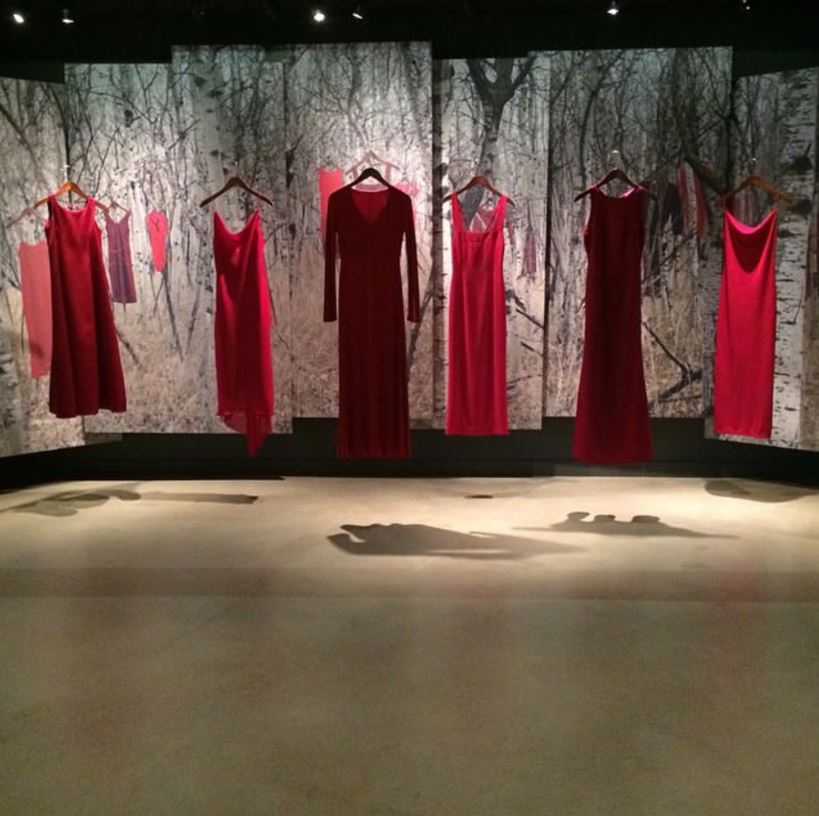
MacLeans: A Killer Among Them
By 2017, Skibicki had become intermittently homeless, spending much of his time downtown and in the North End and South Point Douglas. These neighbourhoods present a striking juxtaposition of grandeur and dereliction, the story of Winnipeg’s boom and bust written clearly in their bricks and mortar. In the early 1900s, Winnipeg was Canada’s third-largest city, an agricultural hub and economic powerhouse. That history is still visible today, particularly in places like the Exchange District, a national historic site filled with Victorian-era warehouses and imposing commercial buildings.
A few blocks away, the city presents a different face. The area around Main and Henry, where Morgan Harris was last seen, is in many ways a city apart, full of blank-faced warehouses and a dense concentration of shelters and social services. Nearly half of residents live below the poverty line and nearly half are Indigenous, many drawn to the city from rural and northern communities. Life expectancy in South Point Douglas, as of the 2016 census, was only 69 for men, compared to 79 citywide, and 80 nationally.






